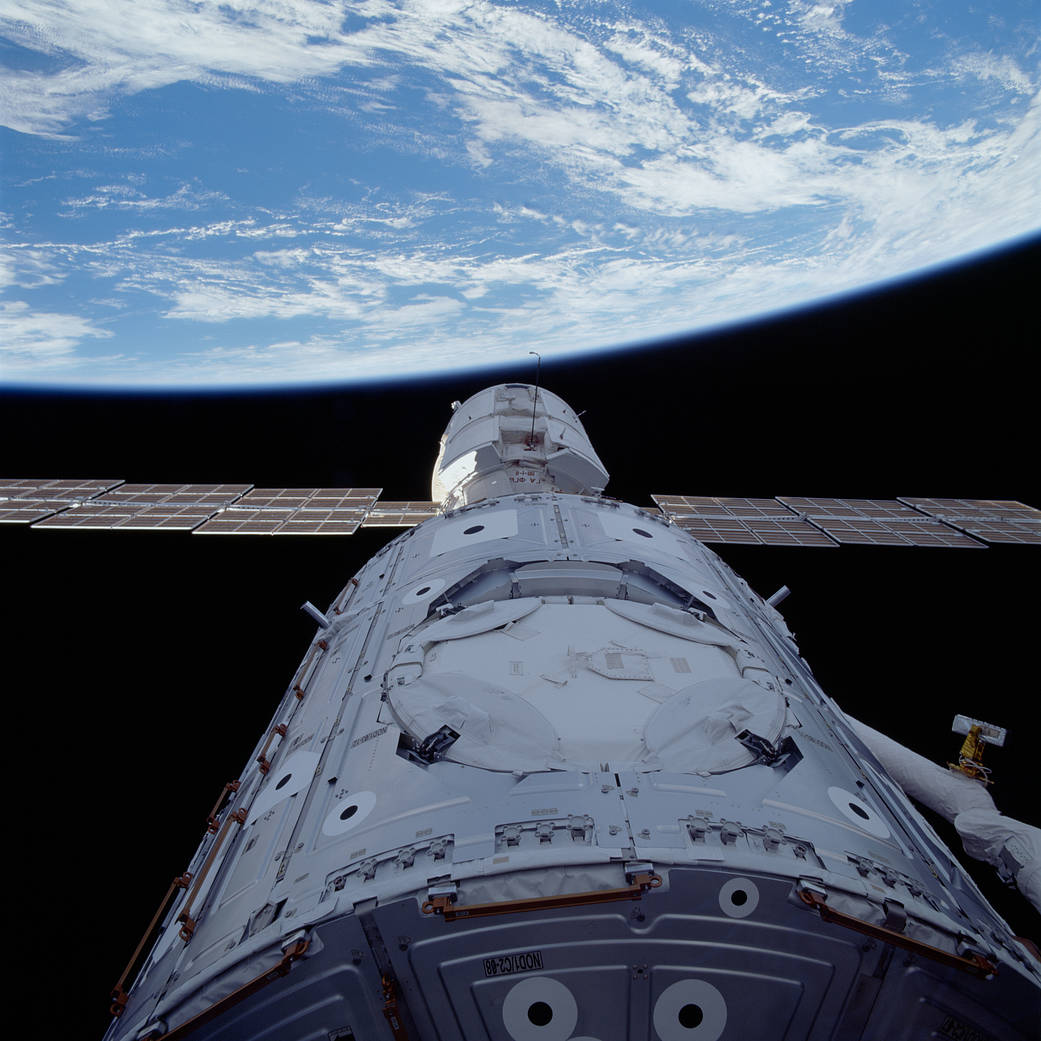This week in 1998, the space shuttle Endeavour, mission STS-88, launched Dec. 6, 1998, from NASA’s Kennedy Space Center carrying the U.S.-built Unity connecting module and two pressurized mating adapters. Unity was the first piece of the International Space Station provided by the United States. On Dec. 6, the STS-88 crew captured the Russian Zarya module, launched Nov. 20, and mated it with the Unity node. Engineers and scientists at NASA’s Marshall Space Flight Center led the development of four key systems supporting science operations and investigations on board the space station including the EXPRESS Racks, the Microgravity Science Glovebox facility, the Materials Science Research Rack, and the Windows Observational Research Facility. Marshall teams also developed the Oxygen Generation System and Water Recovery System technologies as part of the station’s Environmental Control and Life Support Systems, which provides a safe and comfortable environment for the crew and ensures a pure supply of water and air. Today, the Payload Operations Integration Center at Marshall serves as “science central” for the space station, working 24/7, 365 days a year in support of the orbiting laboratory’s science experiments.The NASA History Program is responsible for generating, disseminating, and preserving NASA’s remarkable history and providing a comprehensive understanding of the institutional, cultural, social, political, economic, technological and scientific aspects of NASA’s activities in aeronautics and space. For more pictures like this one and to connect to NASA’s history, visit the Marshall History Program’s webpage. (NASA)
2 min read



























